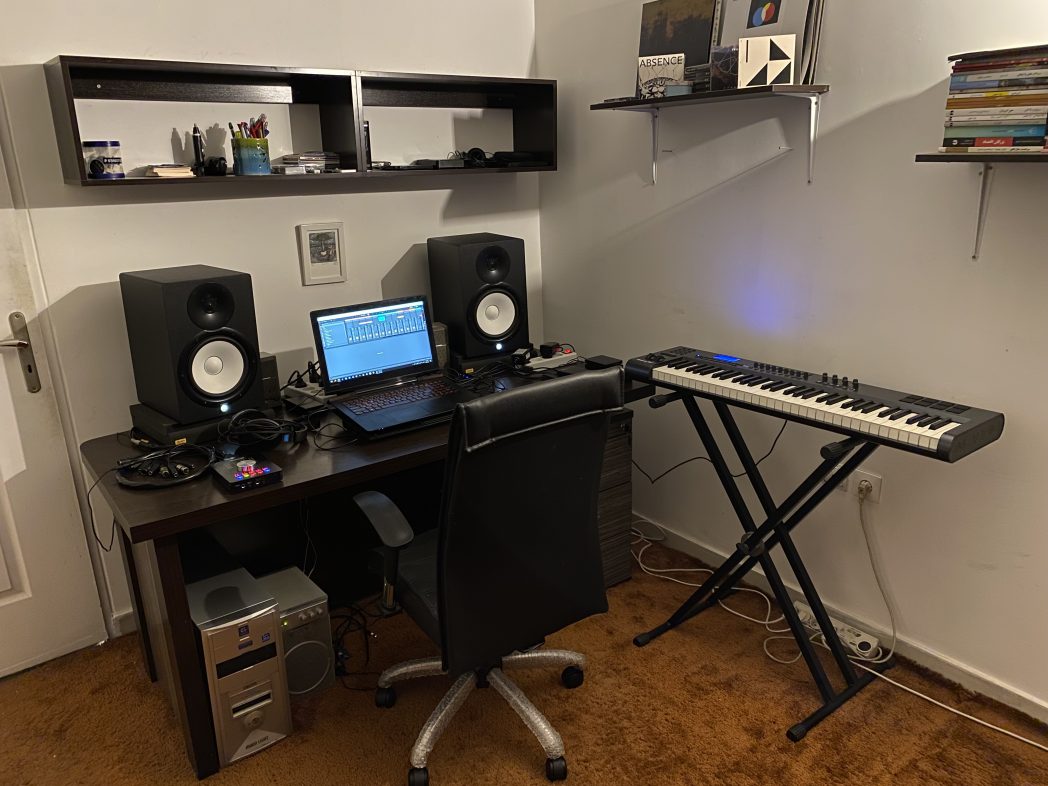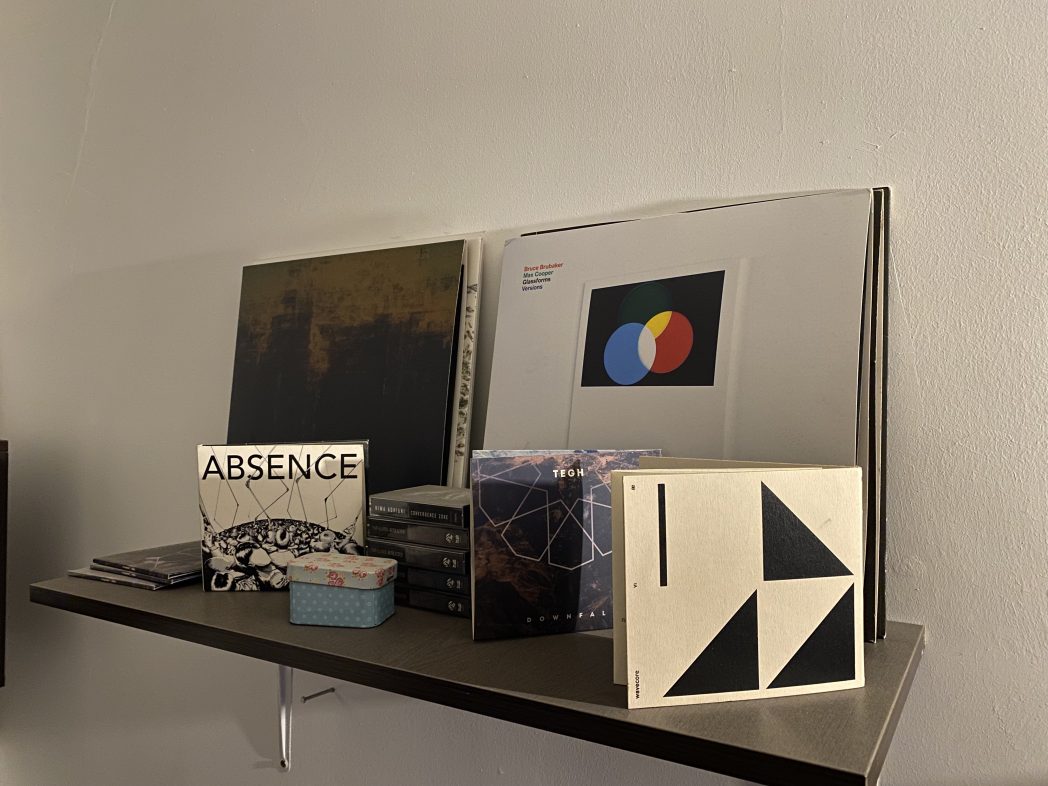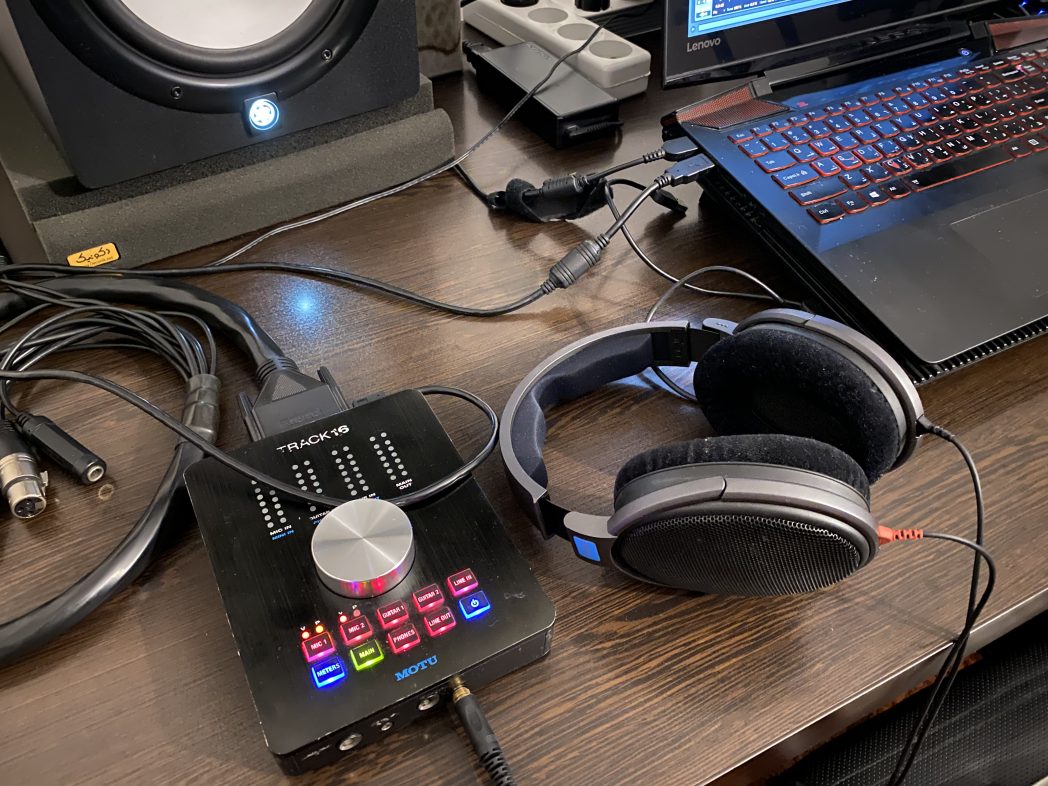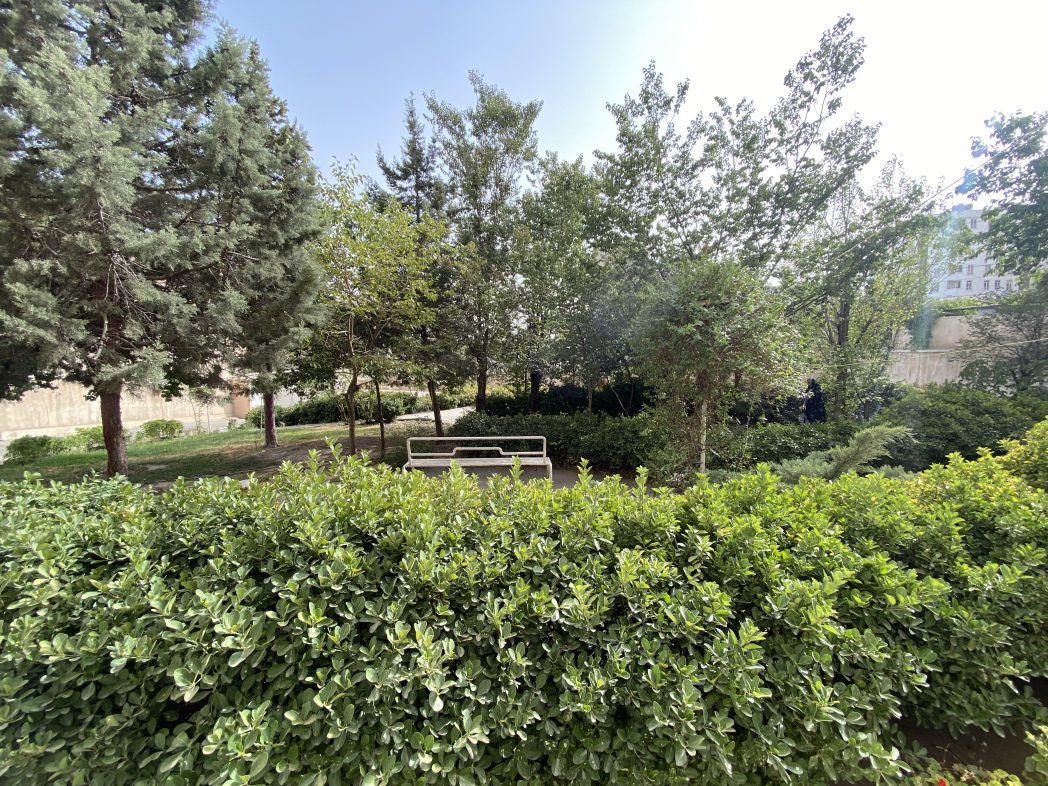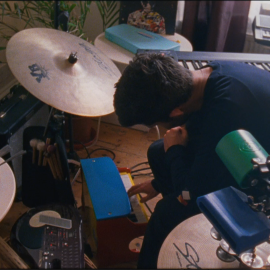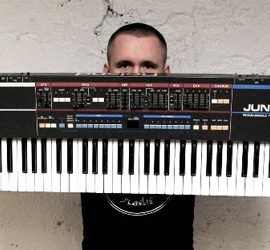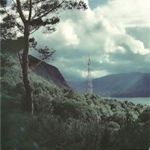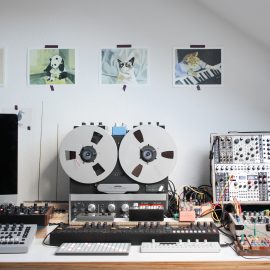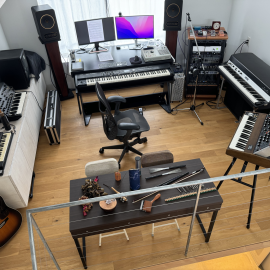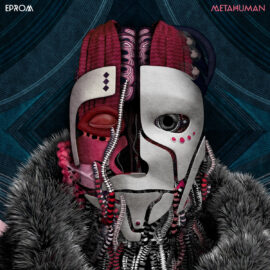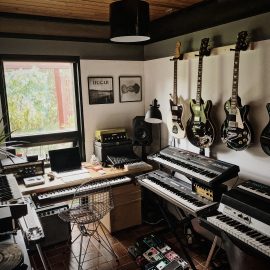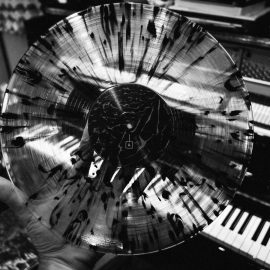Let’s start at the very beginning. Can you tell us how you got involved in composing, and what was your very first piece of gear?
I have always been very keen on making music, my cousin has been a famous composer, and had a massive influence on me as a child, I remember my uncle bought me a Yamaha PSS-50, which was the first piece of gear I put my hands on it, but my serious involvement with music has started since I turned 15. There was a hip-hop scene emerging in Iran those days, and almost every young person I knew was vastly excited about that, including me. From the very first moment that I heard Iranian hip-hop, I wholeheartedly wanted to be a part of this fascinating stream, so I started writing lyrics and came across DAW software to record my voice. After a while, I found myself drowning in making beats with them, and that was the time my journey had set out.
How many different studio iterations have you gone through, and what does your final setup look like right now?
I could barely mention any changes since I have been working with software from the very first days, mostly because you could barely find gear such as synthesizers and so on in Iran, and it costs a fortune to order one from other countries. Therefore, most of the remarkable changes were around the interfaces and speakers. I used to have an Alesis IO2, and a pair of Microlab Solo7 back in 2013~2014 which were used to compose and produce my debut Night Scenes, Through The Winter Woods, and Downfall. Years later, my setup was changed to a MOTU Track 16, and Yamaha HS8 as speakers, a Beyerdynamic DT-770 Pro, and a Sennheiser HD-600, which I still use. Besides, there were times that I borrowed some gear from friends. For instance, Idlefon was so kind to lend me his Dave Smith Evolver back in 2019, it was used to make some parts of Emergent Errors.
Tell us about your favourite piece of hardware.
It’s my laptop, to be honest. not certain whether it can be considered a piece of hardware, but my whole process of music making is dependent on it.
And what about the software that you use for production?
I mainly use Ableton Live as DAW, MuseScore for writing scores if it is necessary, and some third-party plug-ins, and try my best to use as few plugins as possible. Usually, think of them as hardware that I have bought. This way, it confines me to a limited, specific number of software for making an album or a live set. For my first release, my tools were limited to Native Instruments’ Massive, and some Ableton Live Audio effects for all the tracks. Nowadays, I’m using Softube Modular, Ableton’s Wavetable and Operator for sound design and FabFilter plugins for the mixing process (I’m in love with Pro Q3!), and some softube emulated plugins as colorboxes. Occasionally, I change my workspace to a combination of Reaper + Unreal Engine (usually for interactive sound design, and virtual reality projects).
Is there a particular piece of gear that you’re just dying to get your hands on and do you think one day you’ll have it?
I’d say Elektron Analog Rytm. Once I had the chance to play with it for a while, and it was a special experience. I loved its sound, the depth and warmness seemed so fascinating. I presume it enables me to change my approach toward rhythm programming, significantly in the other project I’m involved with (Temp-Illusion).
Can you please share some aspects of sound design in your work?
Let me say that, to me, the most crucial part of music making is sound design. Generally, sound design helps me build the world I’m seeking to shape, and consequently, the whole composition is very precise. It has always been very enticing to expand my knowledge in this area, and employ different methods, approaches, and tools. I used to be very keen on audio manipulation techniques, using raw field recordings, synthesized sounds that were previously made by me, and samples from old music, attempting to sound warm and natural. Recently, I’ve been more obsessed with using modern synthesis methods, and making sounds that could be called artificial, or raw, not sure what to call them. The process usually gets started by playing with software synthesizers and experimenting with new signal flows and then modifying, reshaping, and processing them to the point that the result appears satisfying. I try to think of every sound as a living species which has got a life span and experiences different, unrelated changes during that. They could grow up, get sick, grow a beard, etc :)) Thus, I normally use a large number of modulation methods simulating those changes to reach the dynamic level, in every different aspect, which is pleasant to me.

Any particular new techniques that you tried out for your new album?
Yes, for this new album with Adel Poursamadi I experimented a lot with granular synthesis, using Adel’s recordings as raw material in order to make new instruments. The sound that Mornal مرنال get started with is a good example of the mentioned process. I did my best to change the strings timbre in a way that doesn’t hurt its identity, but sounds quite deconstructed. Apart from that, I obtained new approaches to audio manipulation deforming the string patterns and manipulating the timing. The challenge here was to maintain the entire emotion the sounds were carrying. To be honest, Ima ایما was way instructive to me, both in sound design and production world. I guess it’s noteworthy to mention that we didn’t have the proper equipment for a perfect record. All the strings were recorded using a mediocre microphone, and mostly during our jam sessions with Adel. It was a serious challenge since the recordings were not clean at all, sometimes the click sound of my mouse was also recorded :)) but we decided to go with them and don’t record again because it would damage the whole concept, so I had to think of new ways of manipulation processing and adding colors. Sometimes, there was no choice but treating the whole arrangement.
What does your live setup look like, and what do you bring with you when you travel for an extensive tour?
I have never been on an extensive tour yet. The biggest I had contained 5 shows, and it was related to the other project “Temp-Illusion”. The setup we used was pretty simple, just our laptops, interfaces, and Novation’s Launchpad/Launch Control as MIDI Controllers.
What can you tell us about your overall process of composition? How are the ideas born, where do they mature, and when do they finally see the light?
Regarding the composition process, it changes time by time. Sometimes it starts with experimenting with different types of edits on a sound without having any idea beforehand. Manipulating it and turning it into something entirely unrelated to the original sound could result in developing new ideas for a new composition. There are other times that the whole composition shapes around a melody, chord progression or an exciting rhythm that has emerged to my mind. Otherwise, the ideas could be ignited by a source totally irrelevant to the sonic world, such as the mental illness cases I’d studied for working on my previous album “Emergent Errors”.
During the past years, I’ve become immensely enthusiastic about emotional embodiment. I reckon it is one of the vital elements of my recent works. I’d like to evoke specific feelings in the audience during the listening sessions, I see that as a kind of indirect interaction with the audience, and an honest way of experience sharing, and to achieve that, I attempt to shape the composition based on sort of a specific concept that might be a story, a research, so forth. This usually leads me to design a global plan for the album, sonic experience, etc. and start the experiment with designing different layers of sound and locating every element in the composition according to the plan until I feel I got close to the main idea, which could be called the foundation of the composition. Henceforth, I listen to the sketches over and over and play with every element to the point that I feel the music is mature enough. I normally come back to the sketches after a while, let’s say one month, to do the last modifications and finalize them.
For the new album with Adel, we decided to go with a quite different approach. We made all the sketches during our jam sessions, we tried to respond to each other’s sound, something like a mutual abstract dialogue, based on the concept of each track, using the sonic language, and then do the modifications in other sessions. We believed that it could help us to reach a unique combination of electronic and acoustic sounds.
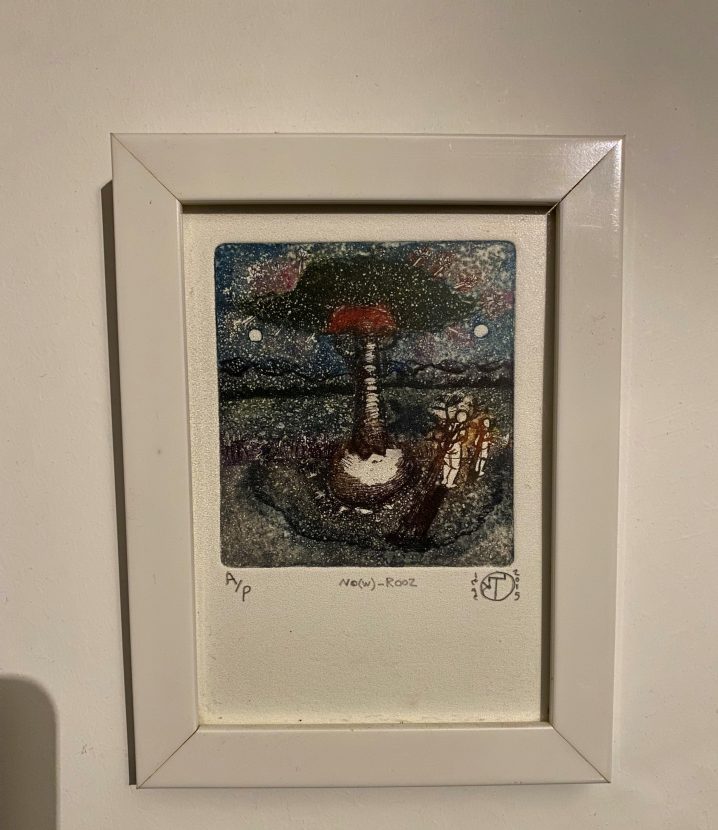
What is the most important environmental aspect of your current workspace and what would be a particular element that you would improve on?
I work in my bedroom studio, which is a shared room with my brother, so I’m not the only person who decides about the interior layout 🙂 The amazing thing about the room is the fact that It’s been the same room that I was born and grew up in, became familiar with music, started experimenting with sounds, and walked through this path living here. All the memories I’ve had, including my childhood memories in the yard right behind the window, and probably every stage of life that I have experienced here are both consciously, and unconsciously affecting the aesthetics I follow. Regarding the Improvements, the crucial necessary change is the lighting. I’m not a natural light person and prefer to work in the dark with a subtle, warm and indirect light. The lighting setup here is very old-fashioned, bright and nerve-racking. Besides, I’d like to change some elements such as the desk I’m working on. It looks like an office desk and I hate it (lol). Also, I don’t mind adding some minimal decorative accessories. The room and my setup position is not really correct as you can see in the photos, but I won’t change the setup basically because it sounds very good this way! I haven’t done any acoustic treatments but it seems this chaotic situation has helped treat that automatically.
After the piece is complete, how do you audition the results? What are your reactions to hearing your music in a different context, setting, or a sound system?
I usually do my best to be as meticulous as possible about the final sound. I’ve got an old small speaker which I bought when I was 12, and it strangely sounds perfect and trustable. After checking it on monitors and my headphones, I usually listen to the piece on those speakers. Car speakers, mobile phones, and common earphones like iPhones are the other sources I usually check my work with. Also, I am very lucky to have very trustable ears around, to send them the output and get feedback.
Do you ever procrastinate? If so, what do you usually find yourself doing during those times?
Yes, it has happened every now and then. I try my best not to, but it seems unavoidable. There are times that I feel utterly empty of any new idea, and lack creativity, which results in distancing myself for a while in the hope that it might help me come back with soundly fresh ideas. Staying away from home for a while, making myself busy with exercising, or watching comedy series are typically the actions I do during those times.
What gets you inspired?
I could mention cinema as a great source of inspiration. Impressive work of directors such as Andrei Tarkovsky, Andrey Zvyagintsev, Bela Tarr, David Lynch, etc and their different approaches to storytelling, their notion of time, reality, and generally their worldview have always had a profound influence on me, and have changed my way of thinking in general. Aside from that, the geographical location where I dwell could be a massive source of influence. I’ve become interested in psychology and philosophy during the past couple of years. Although I am still quite a beginner at them, I can name them as other sources. Other music, particularly works of contemporary classical composers such as Giya Kancheli, Peteris Vasks, John Tavener, and so on massively have affected my approach to composition.
